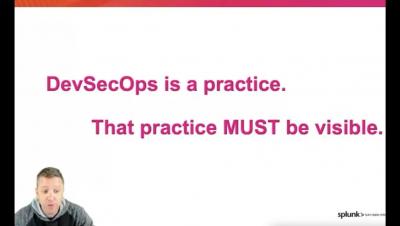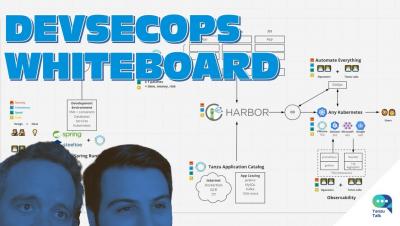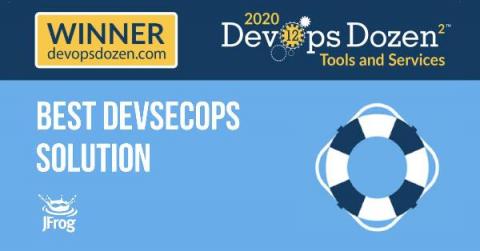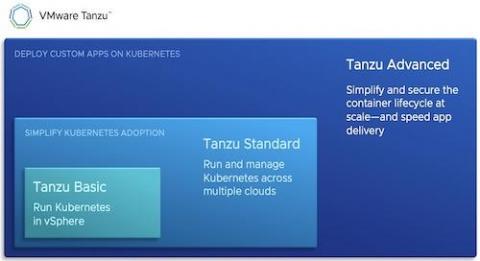Operations | Monitoring | ITSM | DevOps | Cloud
DevSecOps
Tanzu Talk: DevSecOps in Fed, end to end overview
DevSecOps vs DevOps: What are the Differences?
The modern technology landscape is ever-changing, with an increasing focus on methodologies and practices. Recently we’re seeing a clash between two of the newer and most popular players: DevOps vs DevSecOps. With new methodologies come new mindsets, approaches, and a change in how organizations run. What’s key for you to know, however, is, are they different? If so, how are they different? And, perhaps most importantly, what does this mean for you and your development team?
Seven Tips to Evaluate and Choose the Right DevSecOps Solutions
Delivering Container Security in Complex Kubernetes Environments
You may have noticed the VMware Tanzu team talking and writing a lot about container security lately, which is no accident. As DevOps and Kubernetes adoption continue their exponential growth in the enterprise, securing container workloads consistently is among the most difficult challenges associated with that transformation. There is a term we have been seeing—and using—a lot lately that encompasses a new way of looking at container security for Kubernetes: DevSecOps.
Best DevSecOps Solution: DevOps Dozen 2020 Honors JFrog Xray
Barriers to DevSecOps Adoption
DevSecOps — or the merging of Ops and Security — has been at the center of discussion for the better part of the outgoing decade. Today, the complexity of infrastructure change, demands security and DevOps teams to work together more efficiently. But there are hurdles to adoption of DevSecOps as a methodology. Cloud-native applications often live in multiple clouds across data centers, co-location, and public clouds.
Tanzu Talk: DevSecOps for US Federal agencies (FIPs, STIGs, auditors, AOs, and all that)
Three Transformations Powering App Modernization
The pandemic has accelerated digital business initiatives. Ultimately, it’s the application that delivers new capabilities to customers and employees; but transformation occurs at several layers to support those applications. At VMware, we see our customers navigating three transformations, each of which supports digital business and app modernization at different levels.
Embrace DevSecOps for Modern Apps with VMware Tanzu Advanced Edition
As enterprises prioritize application modernization initiatives, moving rapidly to adopt containers and cloud native patterns, VMware is pleased to announce the availability of VMware Tanzu Advanced edition. VMware Tanzu Advanced meets the moment. It simplifies and secures the container lifecycle, enabling teams to accelerate the delivery of modern applications across multiple clouds—a real DevSecOps approach.










